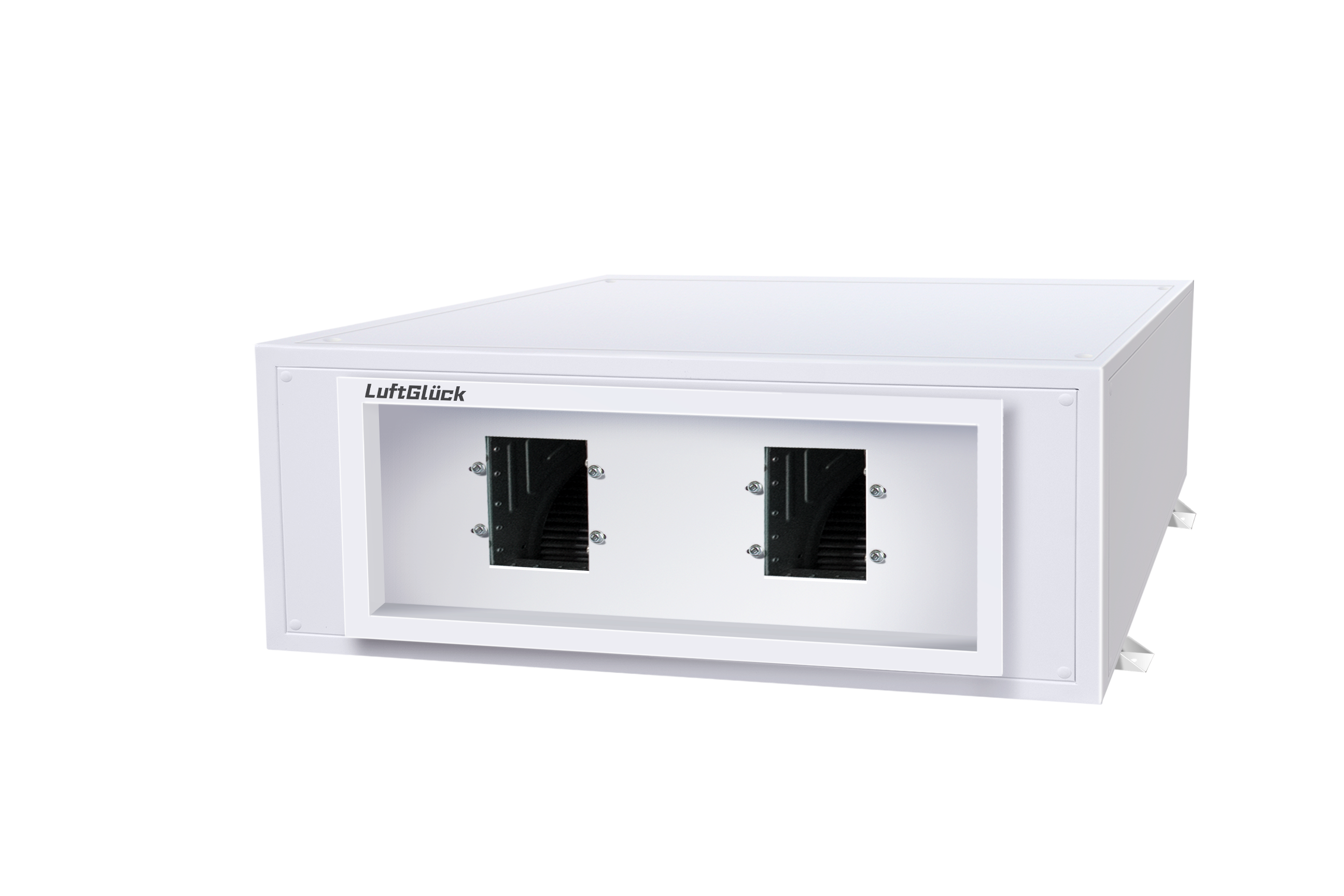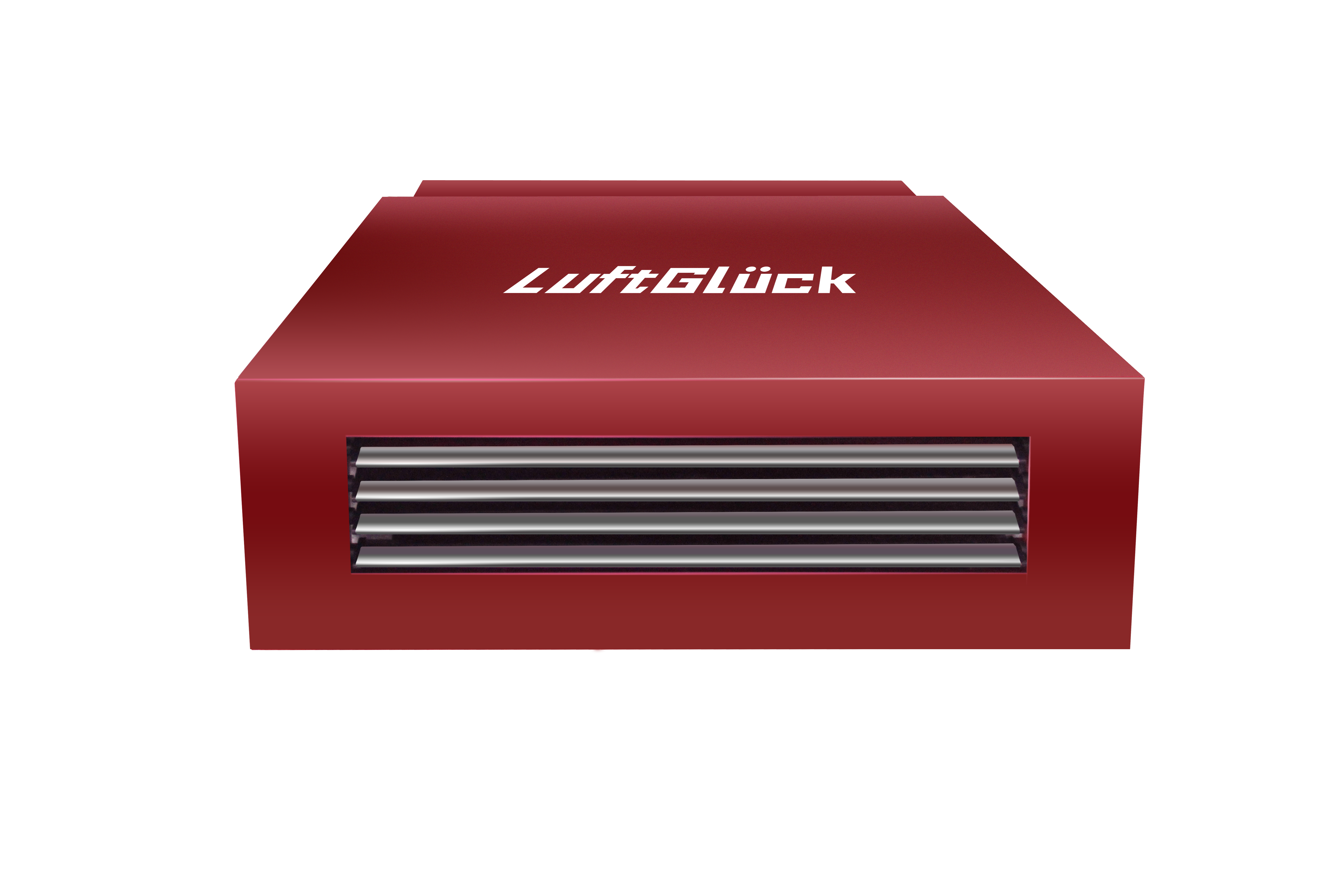Revolutionizing Fresh Food Preservation with Advanced Humidity Control
Modern supermarkets face an ongoing challenge in maintaining the freshness and appeal of their produce sections. Ultrasonic humidifiers have emerged as a game-changing solution, transforming how grocers preserve and display fresh foods while significantly reducing waste and improving product presentation. These innovative devices create a precise microclimate that helps maintain optimal moisture levels, ensuring fruits, vegetables, and other perishables retain their natural appearance and nutritional value longer.
The implementation of ultrasonic humidifiers in supermarket settings represents a significant advancement in food preservation technology. By generating a fine mist of water particles, these systems create an ideal environment that mimics natural conditions, helping to prevent the common issues of wilting, drying, and premature spoilage that have long plagued fresh food retailers.
Understanding Ultrasonic Humidification Technology
The Science Behind Ultrasonic Moisture Generation
Ultrasonic humidifiers operate using high-frequency vibrations that transform water into microscopic droplets. These vibrations, occurring at frequencies above 20 kHz, create an extremely fine mist that can be precisely controlled and distributed. The technology employs specialized ceramic or metal diaphragms that vibrate at ultrasonic frequencies, breaking water molecules into a cool mist that's ideal for fresh food preservation.
The resulting mist is so fine that it quickly disperses into the air, creating an even distribution of moisture without causing water accumulation on products or displays. This characteristic makes ultrasonic humidifiers particularly suitable for supermarket applications, where consistent humidity levels are crucial but excess water can lead to product damage.
Advanced Control Systems and Monitoring
Modern ultrasonic humidifiers come equipped with sophisticated control systems that allow for precise humidity management. These systems typically include advanced sensors that continuously monitor environmental conditions, automatically adjusting output to maintain optimal humidity levels. The ability to maintain consistent moisture levels throughout the day helps prevent the fluctuations that can accelerate food spoilage.
Integration with building management systems enables store managers to monitor and adjust humidity levels remotely, ensuring optimal conditions are maintained even during off-hours. This level of control helps maximize energy efficiency while providing the best possible environment for fresh produce.

Benefits for Supermarket Operations
Extended Product Shelf Life
The implementation of ultrasonic humidifiers directly impacts the longevity of fresh produce. By maintaining optimal moisture levels, these systems help prevent the dehydration that leads to wilting and loss of product appeal. Studies have shown that proper humidity control can extend the shelf life of many fresh products by 2-3 days or more, representing significant savings for retailers.
This extended shelf life not only reduces waste but also provides more flexibility in inventory management. Supermarkets can maintain larger displays of fresh products with confidence, knowing that the proper environmental conditions will help preserve quality longer.
Enhanced Visual Appeal and Customer Experience
The visual impact of properly humidified produce sections cannot be understated. Ultrasonic humidifiers help maintain the natural luster and appearance of fruits and vegetables, creating attractive displays that draw customers and encourage purchases. The fine mist produced by these systems can create an appealing effect that highlights the freshness of the products.
Customers are increasingly conscious of food quality and freshness, and the visible difference in produce maintained by ultrasonic humidification systems can significantly influence purchasing decisions. The improved appearance and longer-lasting freshness help build customer trust and loyalty.
Installation and Maintenance Considerations
Strategic System Placement
The effectiveness of ultrasonic humidifiers depends greatly on their placement within the fresh food section. Proper installation requires careful consideration of air flow patterns, display layouts, and coverage areas. Professional installers typically conduct detailed assessments to determine optimal positioning for maximum benefit while ensuring the mist distribution doesn't interfere with customer comfort.
Multiple units may be required for larger areas, with placement coordinated to provide even coverage without creating zones of excessive moisture. The installation process often includes custom mounting solutions that integrate seamlessly with existing display fixtures.
Regular Maintenance Requirements
To ensure consistent performance, ultrasonic humidifiers require regular maintenance and monitoring. This includes routine cleaning of the ultrasonic elements, water reservoir sanitization, and regular filter changes. Establishing a maintenance schedule helps prevent issues that could affect system performance or food safety.
Water quality management is particularly important, as mineral buildup can affect system efficiency and mist quality. Many supermarkets implement water treatment systems specifically for their humidification equipment to ensure optimal operation and reduce maintenance requirements.
Economic Impact and Return on Investment
Reduced Shrinkage and Waste
The implementation of ultrasonic humidifiers typically results in significant reductions in product shrinkage. By maintaining optimal moisture levels, these systems help prevent the weight loss that occurs when produce dehydrates, directly impacting the bottom line. Many retailers report shrinkage reductions of 20-30% after installing proper humidification systems.
Additionally, the extended shelf life means fewer products need to be discarded due to quality issues, further contributing to waste reduction and improved profitability. This reduction in waste also aligns with growing environmental concerns and sustainability initiatives.
Energy and Cost Efficiency
Ultrasonic humidifiers are known for their energy efficiency compared to other humidification methods. The process of creating a fine mist through ultrasonic vibration requires significantly less energy than heating or compressing water, resulting in lower operating costs. The precise control systems also help optimize energy usage by maintaining exact humidity levels without overcorrection.
The initial investment in ultrasonic humidification systems can typically be recovered through reduced product loss and energy savings within 12-24 months, making it an attractive option for supermarkets looking to improve their operations and sustainability.
Frequently Asked Questions
How do ultrasonic humidifiers affect food safety in supermarket settings?
Ultrasonic humidifiers, when properly maintained and monitored, contribute positively to food safety by preventing excessive drying and maintaining optimal conditions for fresh produce. The systems use clean, filtered water and are designed to prevent the growth of bacteria or mold. Regular maintenance and water quality testing ensure safe operation.
What humidity levels are optimal for fresh produce sections?
The ideal humidity level varies by product type but generally ranges between 85-95% for most fresh produce. Ultrasonic humidifiers can be programmed to maintain specific levels within this range, with different zones potentially set to different levels based on the products displayed in each area.
How often should ultrasonic humidification systems be serviced?
Professional maintenance is typically recommended quarterly, with daily monitoring and weekly basic cleaning performed by store staff. The frequency of more detailed maintenance may vary based on water quality and usage patterns. Regular service helps ensure optimal performance and prevents potential issues that could affect produce quality.

